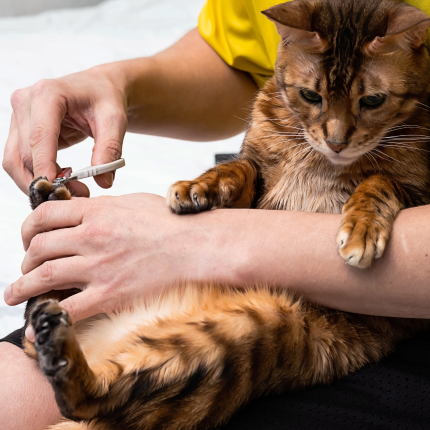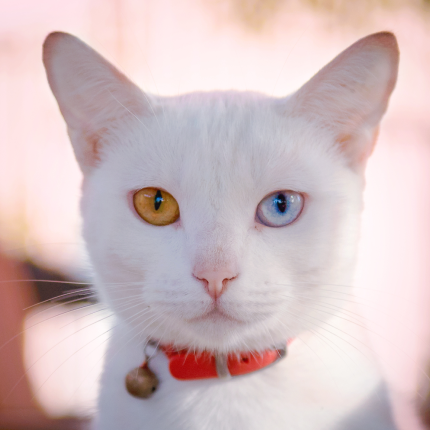Trimming Your Cat’s Claws? Here are 5 Easy Tips to Help You

Cats with untrimmed nails are a danger not only to their owners but to themselves as well. That said, trimming their claws is non-negotiable. The problem is that trimming a cat’s nails is not the easiest nor the most enjoyable chore to do.
We got you! We’ve gathered some tips on how to do it more successfully and safely this time.
advertisement
Get Your Cat Accustomed to Getting Their Feet Touched
Some cats don’t like having their feet played with as much as they hate having them trimmed. It’s worth the effort to make them comfortable with having their paws touched.
You should rub one paw gently for two or three seconds between your fingers. Watch for your cat’s movement as you do this. Extend one nail by squeezing the paw. Then release it immediately and reward your cat. You can repeat this two or three times a day until your cat becomes accustomed to it and doesn’t resist it as much.
When to Trim Your Cat’s Nails?
Timing is key when it comes to grooming your cat. Always cut your cat’s nails in a clean, calm, and quiet location with no distractions from other pets in the house. Find a comfortable seat where your kitty can lounge on your lap as you trim his nails.
It is most ideal to cut your cat’s claws when he is least active such as after a meal when he feels sleepy. Make sure your cat is in a calm mood before attempting to cut his nails.
Useful Tips when Trimming Cats Claws
Get the tools and your cat ready because you’re about to learn some useful tips on trimming your cat’s claws.
1. Examine your cat’s nail. Familiarize yourself with the quick—the pink, fleshy part of the claw where blood vessels run through. Be very careful not to clip it. If you’re having trouble identifying where the quick is, use a small flashlight to shine through your cat’s claw.
2. Cut no more than 1/16 of an inch. Start by clipping as little of the claw as you can. Doing it slow and steady ensures accuracy and the safety of your cat.
3. Give your cat a treat. Positive reinforcement is important to ensure your kitty is willing to get his nails trimmed again next time. Reward him after a successful clipping process.
4. Have styptic powder ready. Just in case you accidentally clip a part of your cat’s quick, apply styptic powder right away to stop the bleeding and avoid infection.
5. Focus on one nail at a time. Don’t expect to get everything trimmed on the first try. As your cat gets comfortable with having his nails trimmed, you can finish more next time.
advertisement
Establish a Clipping Schedule
It is recommended to trim cats’ claws every week and a half to every two weeks. Keeping your cat’s nails under control is easier if you establish a routine. Ask your groomer or veterinarian for advice if you’re having trouble trimming their claws.
Declawing cats is not recommended by the ASPCA. It can cause ongoing pain and complications. Instead, give your cat places to scratch, ask your vet about nail covers, or trim their nails more often.
It is best to start trimming your pet’s claws when he is still a kitten. But it’s not too late for older cats to get accustomed to nail clippers either so, don’t lose hope. Just stick with our tips and cutting your cat’s nails will be easier before you know it.

Featured Articles

Why Do Cats Roll Over Into Their Backs But Not Let You Touch Their Bellies?
It’s common knowledge dogs love to have their tummies rubbed when they freely lay down before you and roll onto their backs. But, if you’re also familiar with cats, you know that when they roll onto their backs with their bellies exposed, rubbing the belly will most likely result in…

The Odd-Eyed Cat (AKA Heterochromia)
Cats are already beautiful and fascinating creatures, but people are bound to take notice when they have something as captivating as two different colored eyes. Odd-eyed cats always have one blue eye paired with either a green, yellow, or brown eye. This form of heterochromia occurs in other animals, including…

Polydactyl Cats: Just More Beans to Love
Polydactyl cats have become extremely popular in recent times. As a result, more and more people are interested in learning more about this six-toed cat and want to get one of their own. If you are a cat lover intrigued by polydactyl cats, you have come to the right place….
